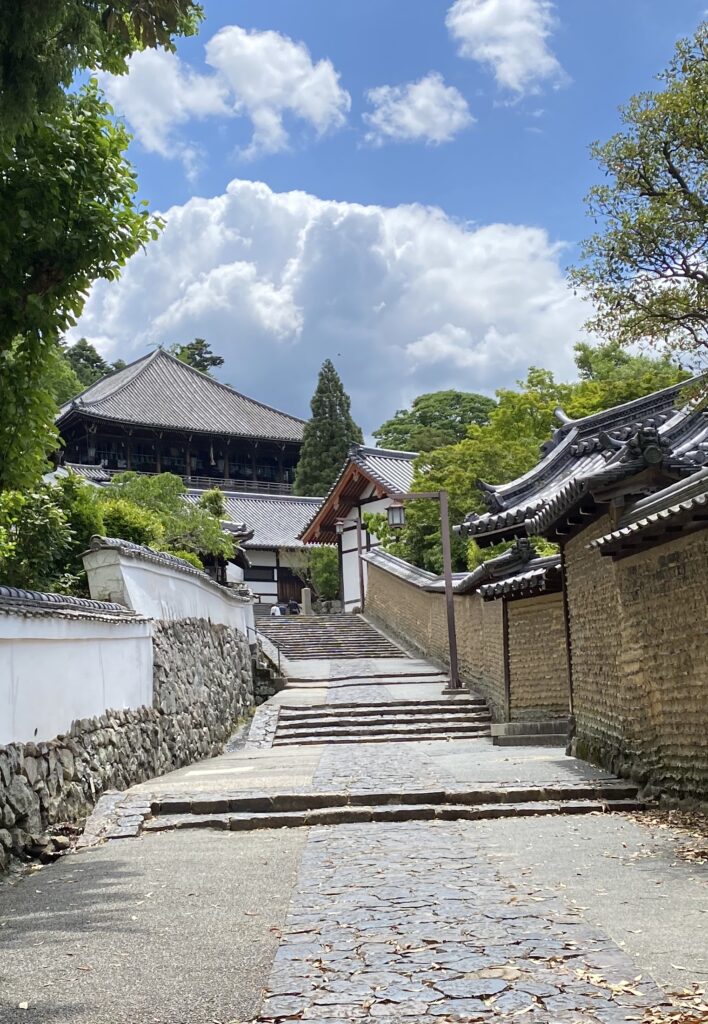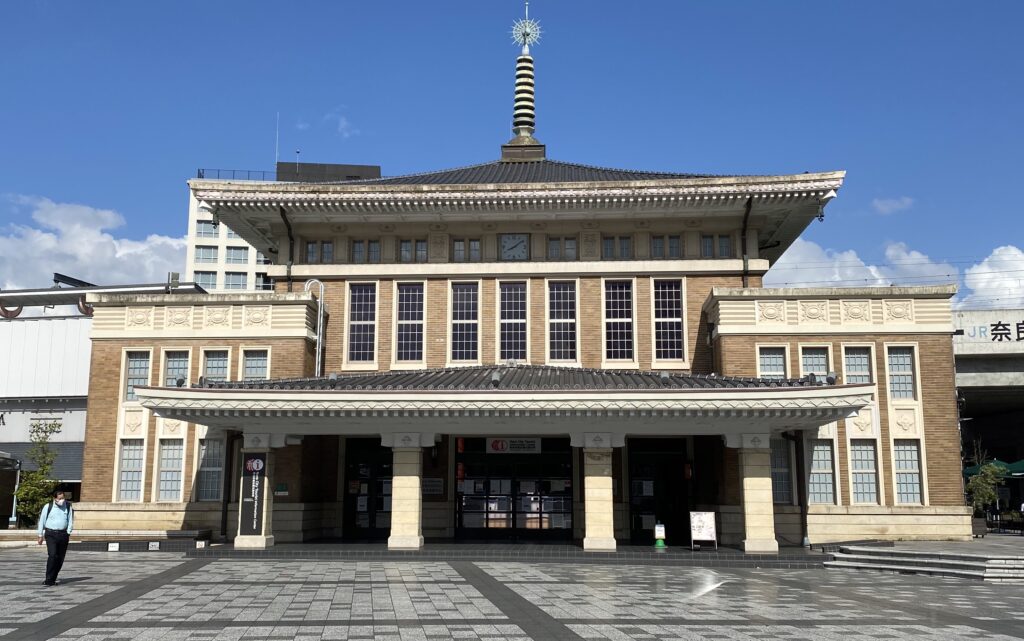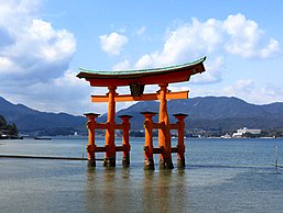Kyoto has long been the cultural capital of Japan and home to 17 World Heritage sites as well as multiple famous tourist attractions such as Kinkaju-ji, the Golden Pavilion, Ginkaku-ji, the Silver Pavilion, and Ryoan-ji, the best known zen garden. These sites are guaranteed to be crowded at all times of the year and there is much pleasure to be had exploring the different areas of the city for the multitude of lesser known temples and shrines and gardens with which it is blessed. Kyoto is one the few Japanese cities which survived the war relatively unscathed and although postwar development has dramatically changed the city – the enormous development surrounding the main station has been a particular bete noir of traditionalists – there are still many parts of the city where traditional wooden machiya houses have survived in great numbers and where it is still possible to get a sense of the past.

Kyoto Streets
Escaping into the past is a tourist cliche but one that in places Kyoto is able to indulge because of the preservation of many of the traditional streets and lanes of the old city, especially in the outlying districts of the city and in the vicinity of some of the more famous temples
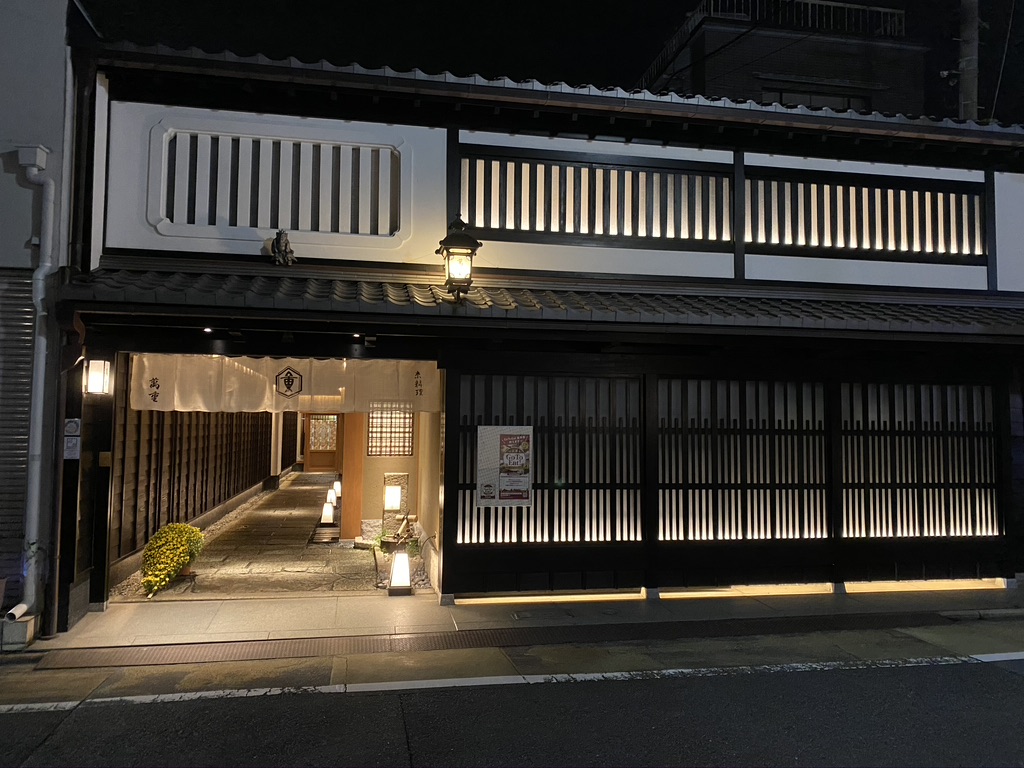
Machiya houses
The traditional merchants house of Kyoto with workshops on the ground floor and family rooms above. Many survive either as small hotels and ryokan or still as business workshops, particularly weaving. Found in great numbers in the northern and western districts of the city.
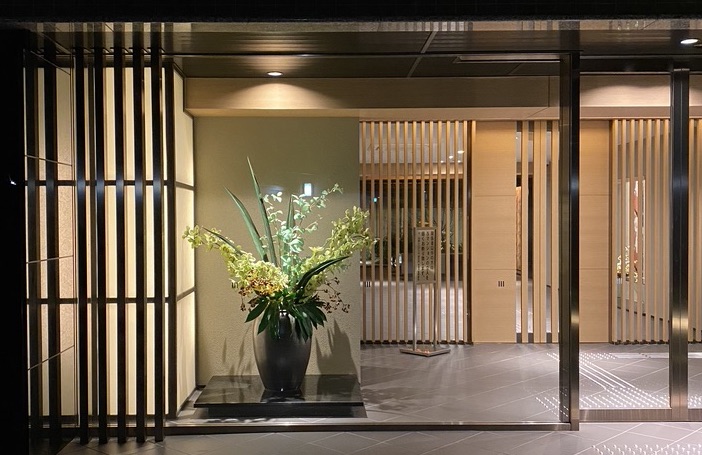
House fronts: closed to public view but immaculately designed
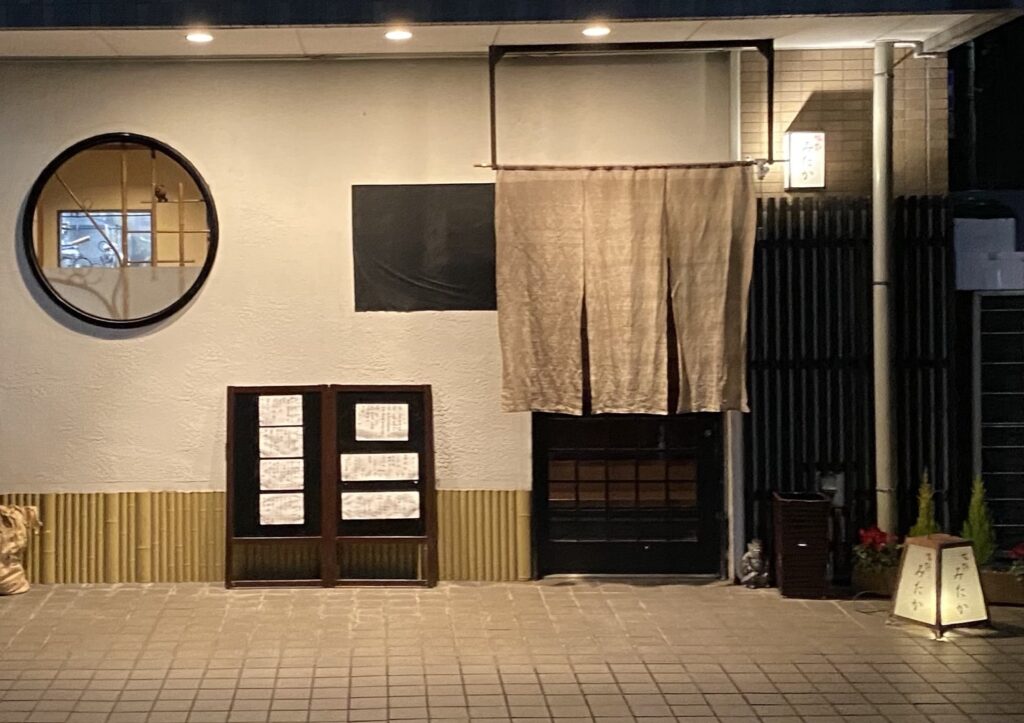
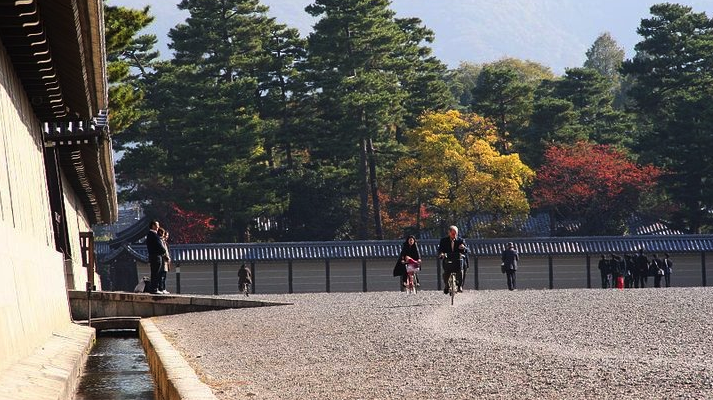
Imperial Palace and Gardens
Kyoto in the past was an imperial city and the former imperial palace and its grounds now form Kyoto Gyoen National Garden, in practice an enormous and beautiful park in the centre of the city, to the north and west of the main shopping and entertainment areas.
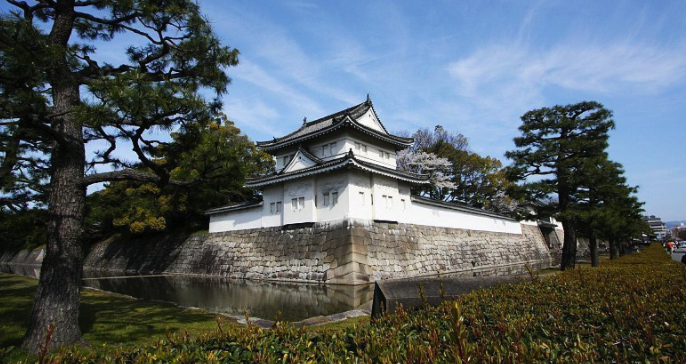
Nijo Castle
Nijo was constructed by the Tokugawa shoguns to symbolise and defend their presence in the city against the pretensions of the imperial court. Nijo is as much a fortified palace as a traditional castle and very much on the main tourist route of the city.
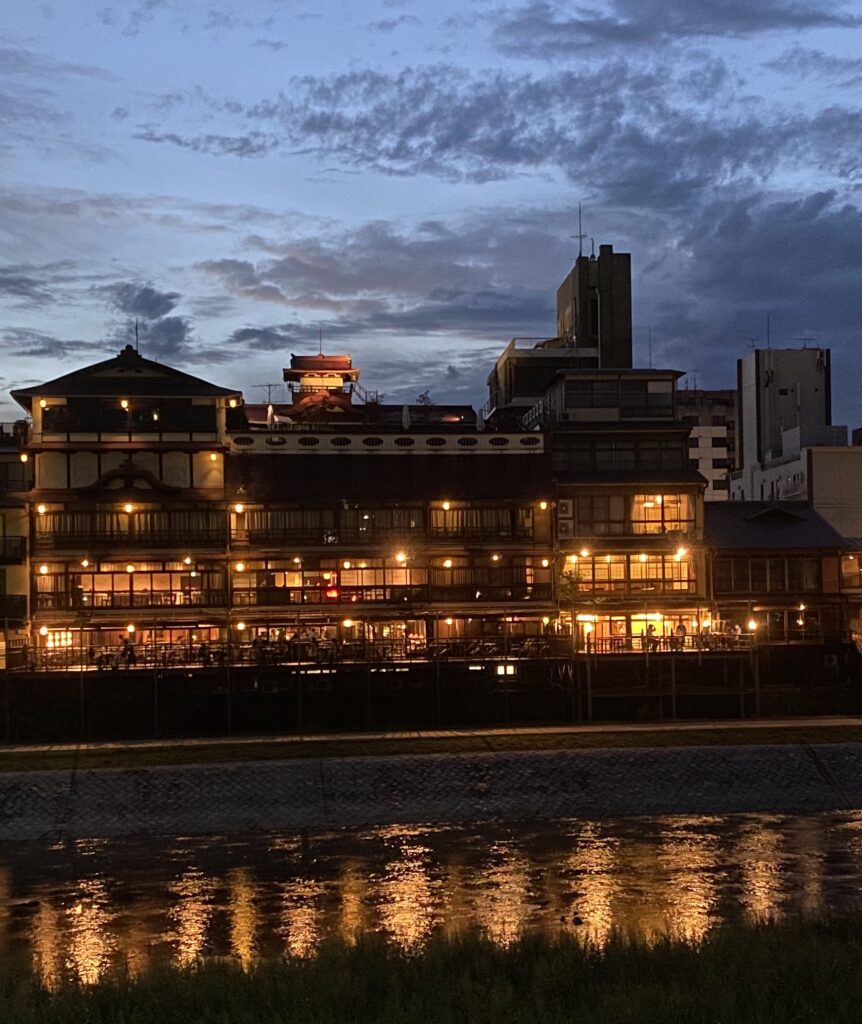
Gion
The traditional pleasure quarter of the city and the home of the main kabuki theatre. Gion covers both sides of the Kamogawa river and the pleasure seekers of today can still enjoy sitting on the balconies overlooking the river in the evening.
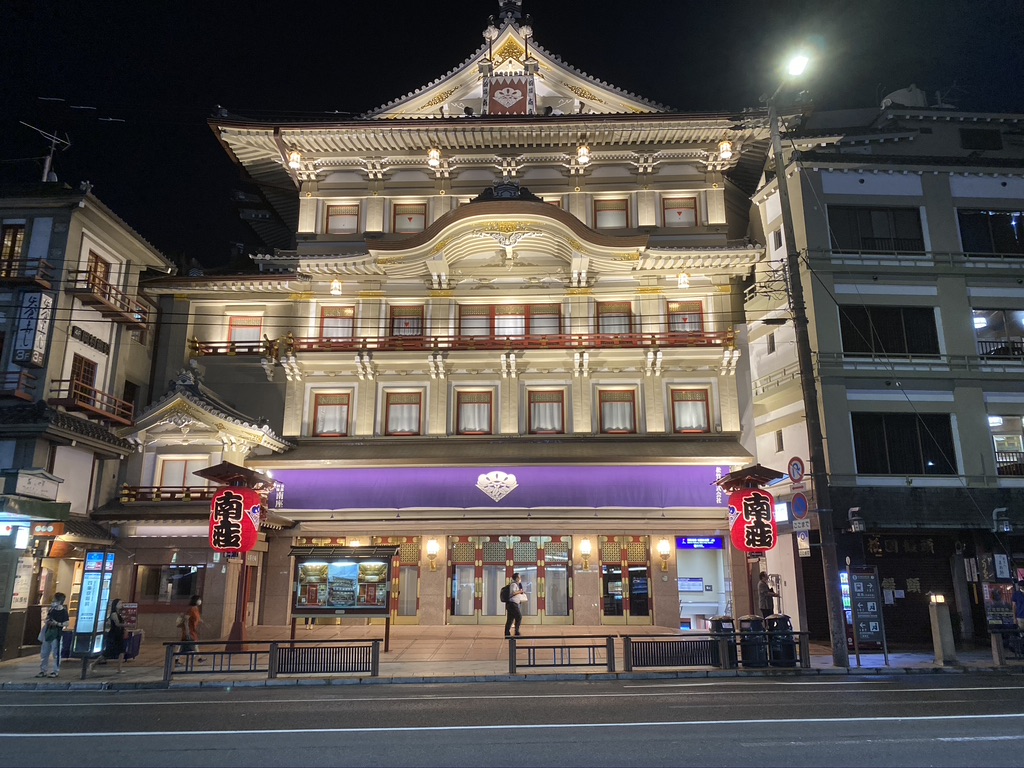
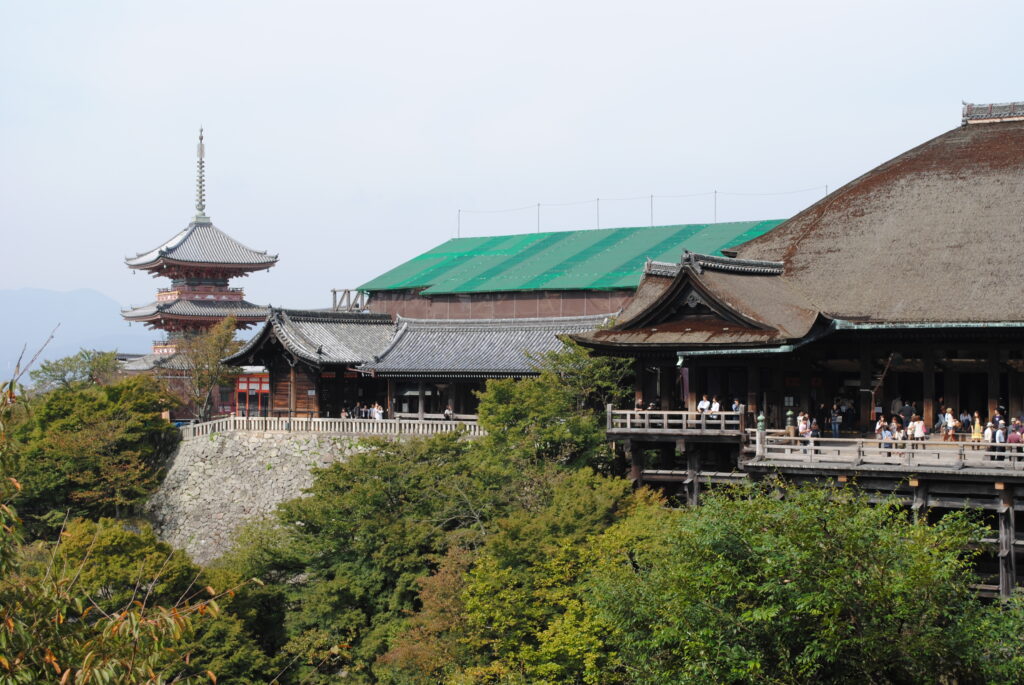
Kiyomizu-dera
One of the most popular and iconic temples of the Higashiyama and sure to be crowded at all times and seasons. One of the reasons for this is that the area around the temple has been saved from development and is therefore for many visitors their first glimpse of an older Kyoto.
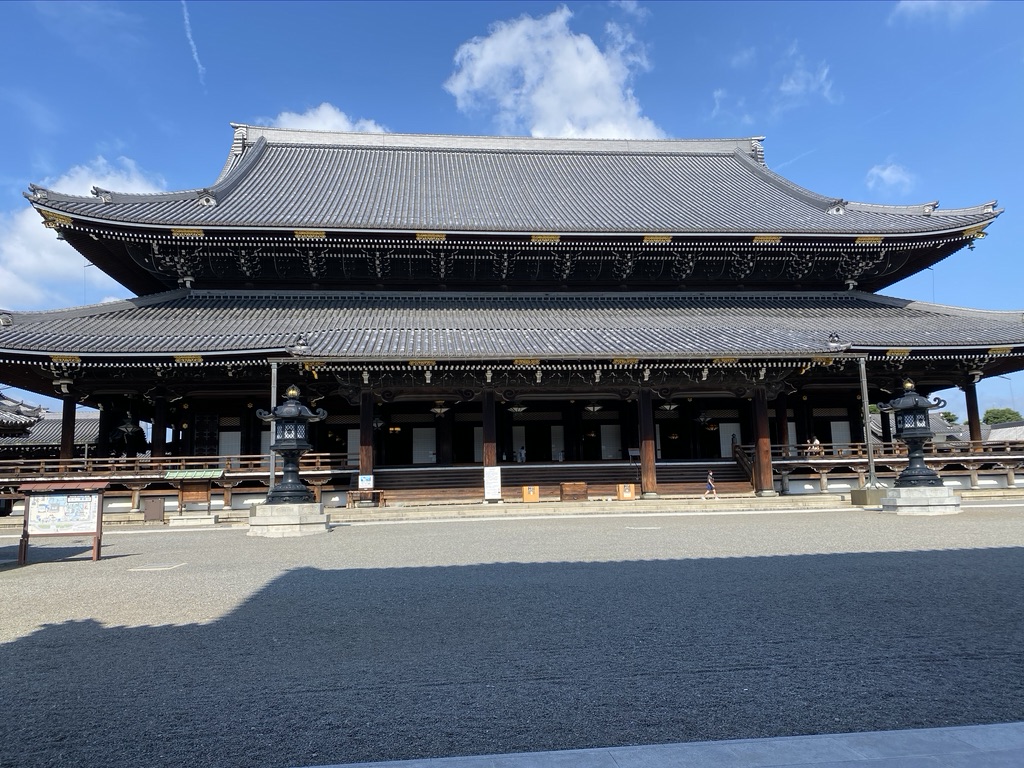
Honganji temples: 2 of the most magnificent temples in the city, found within a short walk of the main station. Higashi honganji the newer temple still contains its traditional garden
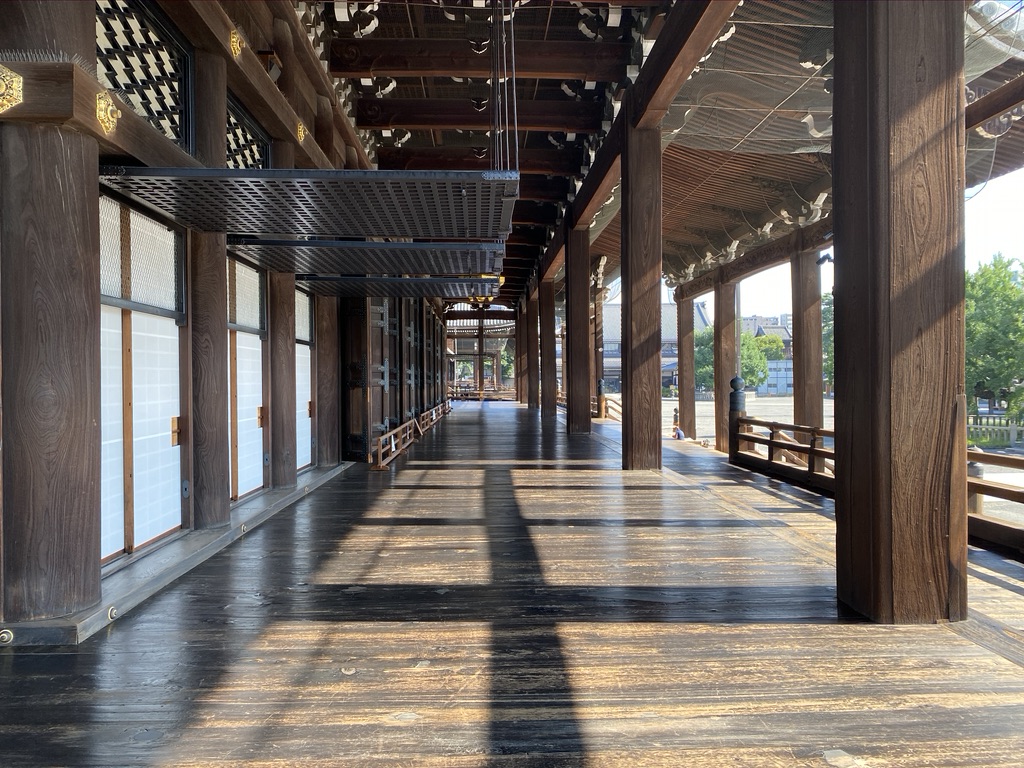
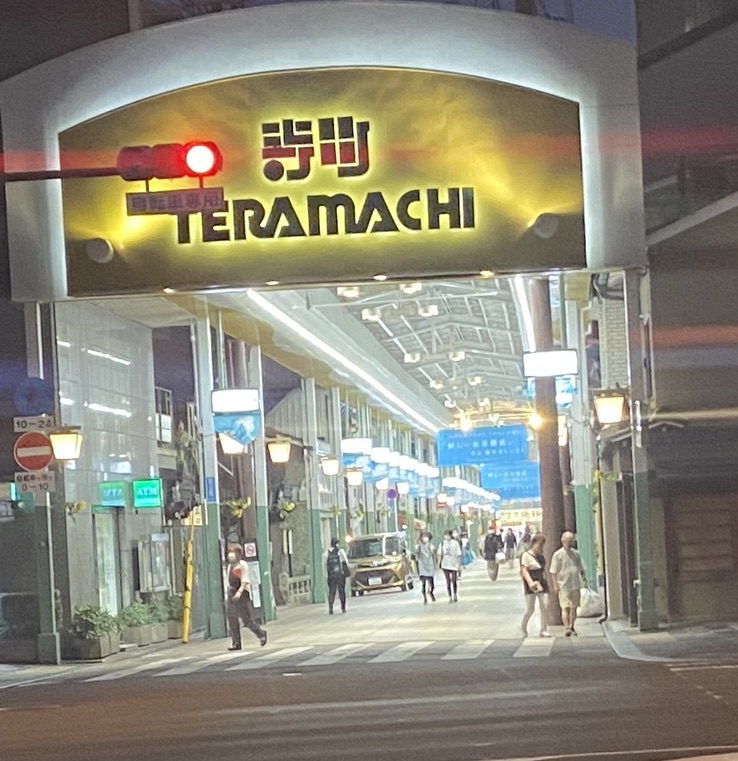
Teramachi Arcade
A shopping arcade in central Kyoto. One of the great pleasures of wandering around Japanese cities is the opportunity to explore the covered shopping arcades, found in every city. The Teramachi is one of 2 arcades to be found in central Kyoto and contains the usual range of small clothes boutiques, craft stores, print shops, the occasional restaurant or café, antique bookshops and souvenir outlets for tourists as well as some historic temples. The Nishikoji food market runs off the main arcade.
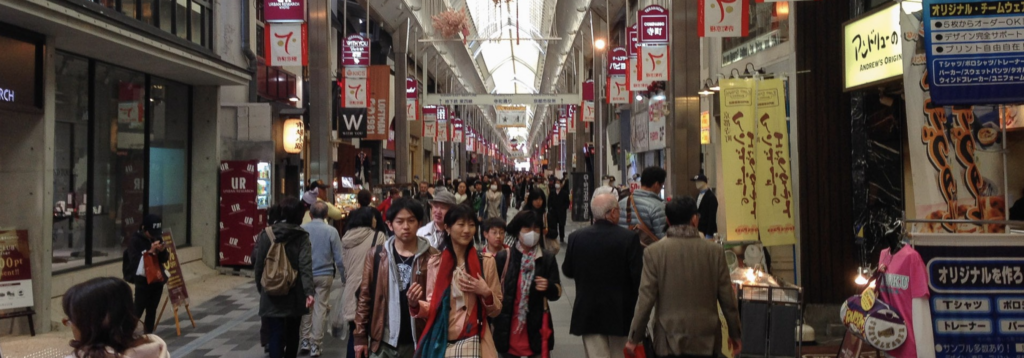

Higashiyama
The “western hills” and the best place to combine temple viewing with a walk in the hills. Visitors will find a line of stunning temples large and small stretching north from Kiyomizu-dera to Ginkaku-ji. The walk meanders along minor roads and lanes on the lower slopes of the western hills.
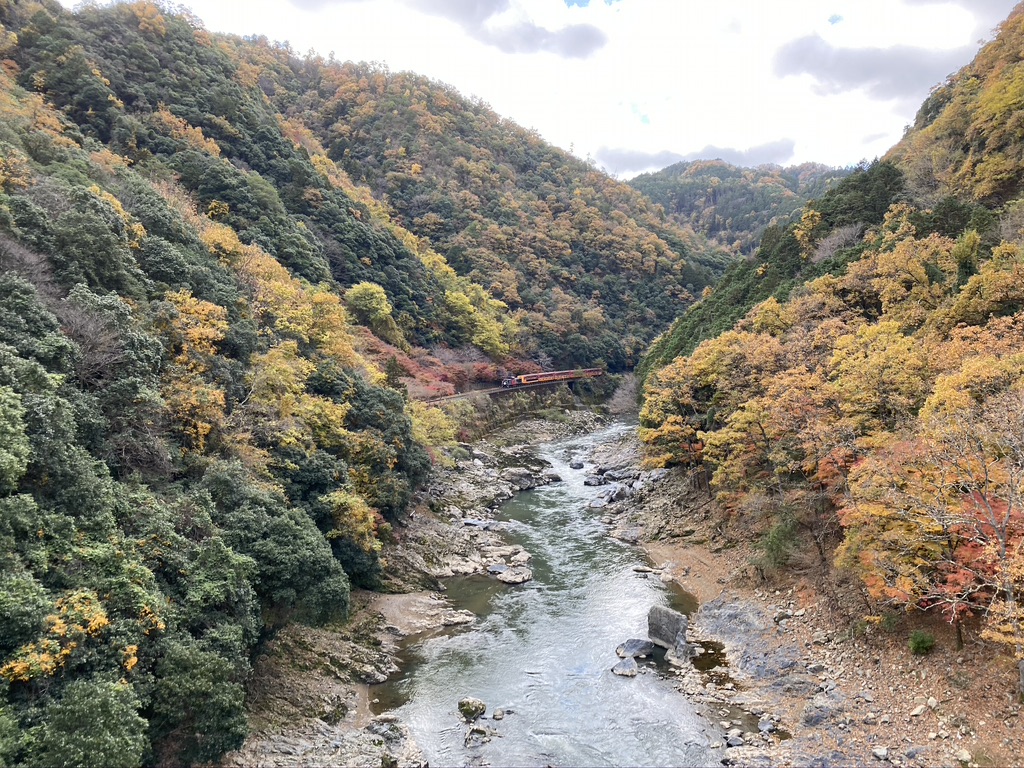
The Kyoto Trail
Kyoto is blessed with superb walking and hiking routes with well marked trails that surround the city from east to north to west. The hills are easy to access and provide excellent vistas over the city below and the hills that encircle the city -and are particularly beautiful in spring and autumn.
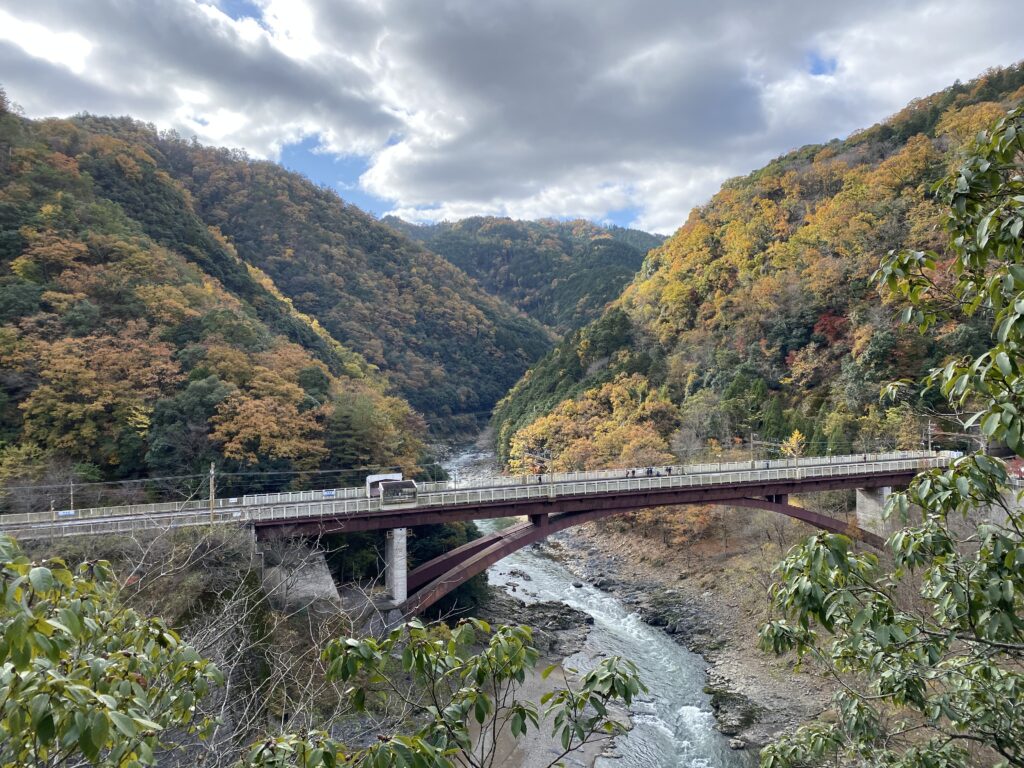
Nara is the second of Japan’s cultural capitals after Kyoto and close enough to Kyoto to be visited in a day trip, although the town has enough of interest to occupy several days, including seven World Heritage sites. Nara was one of the ancient capitals of Japan in the days of Japan’s borrowings from China during the Tang Dynasty and the town contains several examples of religious and state buildings dating back to that era. One of the best known attractions of Nara is the deer park in which many of the ancient temples are situated and which is the home to a herd of sacred deer, much petted and fussed over by visitors.
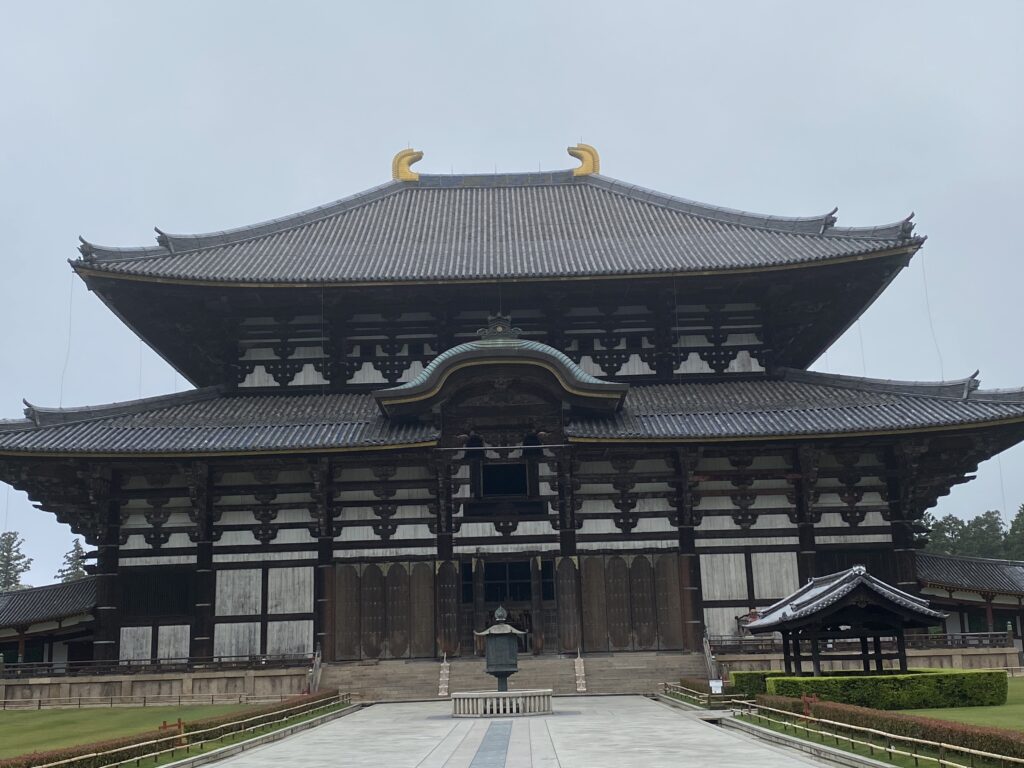
Todai-ji
The Todai-ji temple is considered to be the world’s largest wooden building from pre-modern times and an example of just how impressive a wooden building can be. It contains one of he largest representations of the Buddha that is ritually washed on certain occasions throughout the year.
